Good light is the key to great artwork. If you already have a lamp or light for painting, art, or other hobby work, then you’re already setup to do whatever creative project you do. Unless you have an lamp with high quality LEDs that last decades, you’ll need to replace your bulbs at some point. A good daylight bulb should illuminate and reproduce colors on your art work surfaces accurately.
In this article, I go over a few things I learned about daylight bulbs and how to choose the right one for whatever art and other creative hobby project you’re working on.
Read on for more details about what you should look for in the best bulbs for your hobby or artist desk lamps and lights.
Key Features of Light Bulbs for Art and Hobbies
Here are 4 key features of light bulbs for art and modeling hobbies you should know:
- Brightness Power – measure in watts or lumens (higher values means a brighter bulb)
- Color Temperature – a rating of warm to cool color illumination from the bulb (neutral Kelvin temperature more closely represents natural sunlight)
- Color Rendering Index – a score of the light bulb’s ability to reproduce accurate color of the illuminated working surface (higher CRI is better)
- Type of Bulb – Incandescent, compact fluorescent, or LED bulbs
1. Brightness Power
All light bulbs are rated by electrical or illumination output. Light bulb power is measured in wattage or lumens (i.e., total light power emitted over time). These measures are true for conventional incandescent light bulbs, and for fluorescent or LED light sources.
For most art and hobby work, I would suggest a bulb that produces enough brightness to do your work, but make sure that light spreads across a large large surface area (e.g., diffusion). Brighter is not always better, since bulbs without proper illumination can lead to “hot spots” on your working surface that contribute to eye fatigue (e.g., you’ll be constantly squinting).
To be specific, when I’m replacing bulbs for my studio lamps, I’m looking only at light bulbs that have at least 60-100 watts or 600-1500 lumens.
2. Color Temperature
Light bulbs have color ratings that are scored using a Kelvin temperature scale. A warm-temperature bulb will have color saturation in the warmer spectrum, e.g., yellow-orange. Whereas a cool-temperature bulb will have a bluish-hue to the light. Of course, color temperature in really bright bulbs won’t feel warm-cool, but overwhelm these color casts. So, there is a balance between brightness and color of your light source.
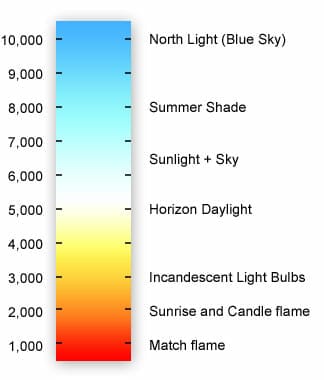
The best color temperature for light bulbs for artwork and hobbies is somewhere in the neutral range of daylight (about 5000 Kelvin). Here, the light source of the bulb will recreate the wide-temperature spectrum of natural sunlight on a nice day. This is the most desired kind of light for artists who are looking to work with accurate colors in their pieces.
3. Color Rendering Index (CRI)
The CRI of a light bulb measures how much the light affects the perceived colors of the surface that it lights up. CRI ranges in scores from 1-100, where 100 represents perfect color reproduction of the illuminated object. Of course, for photographers who are looking to avoid problems with their white-balance will aim for light sources with a very high CRI (>95). See great light boxes for photographing miniatures and models.
For light bulbs, the higher the CRI of the bulb the better it will perform as a light source. Note that CRI alone does not help determine the quality of the bulb or the illumination the bulb produces. Keep in mind that color temperature of the bulb (see above) also affects how well the bulb performs in illuminating your art or modeling work.
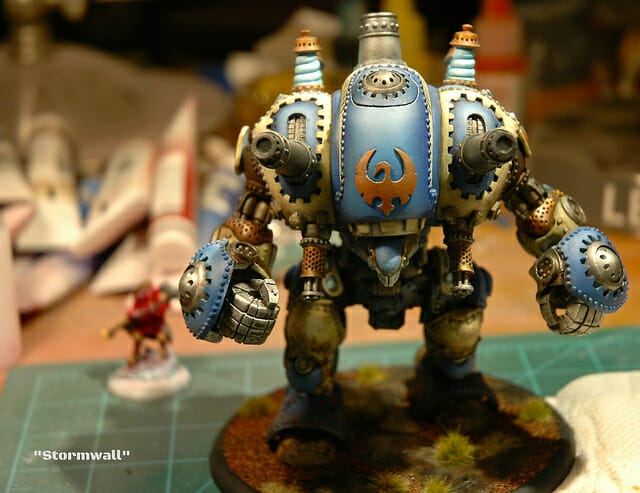
4. Type of Bulb
There are 3 kinds of light bulbs you can buy: incandescent bulbs, compact fluorescent lamp (CFL) bulbs, or LED bulbs. Each have its merits and drawbacks. For the most part incandescent bulbs are an older type of bulb, very inexpensive, but produce light that is too warm.
CFL bulbs are fantastic and come in a wide range of color temperatures. They are also long-lasting, and therefore environmentally-friendly. However, they are more expensive and tend to take a while to light up.
LED bulbs are the newest generation of light bulbs. They are highly durable with more than 10-20 thousand hours of service life. LEDs are a bit more expensive, but will last a long time. They come in a variety of color temperatures. Some LED bulbs even have adjustable RGB colors! Another notable feature of LED bulbs is they are very energy efficient and don’t produce much heat.
Check out the examples of the 3 types of daylight bulbs below:
Incandescent bulbs
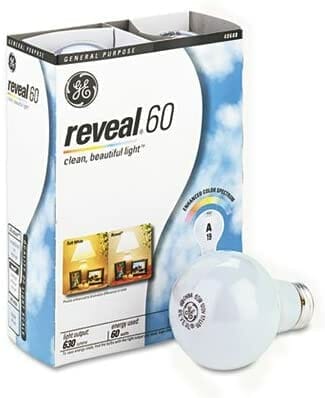
CFL bulbs
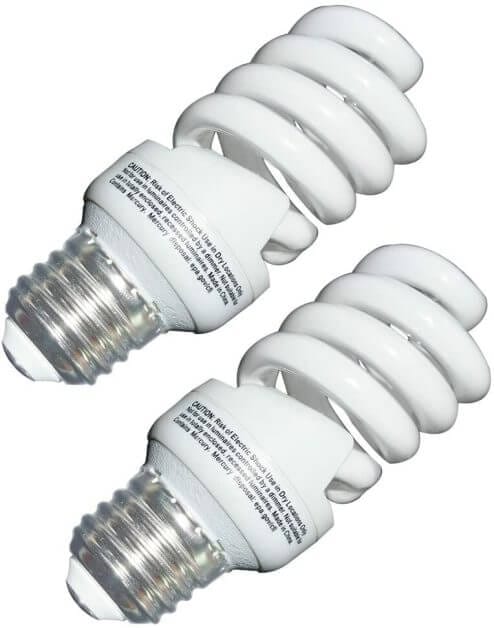
LED bulbs
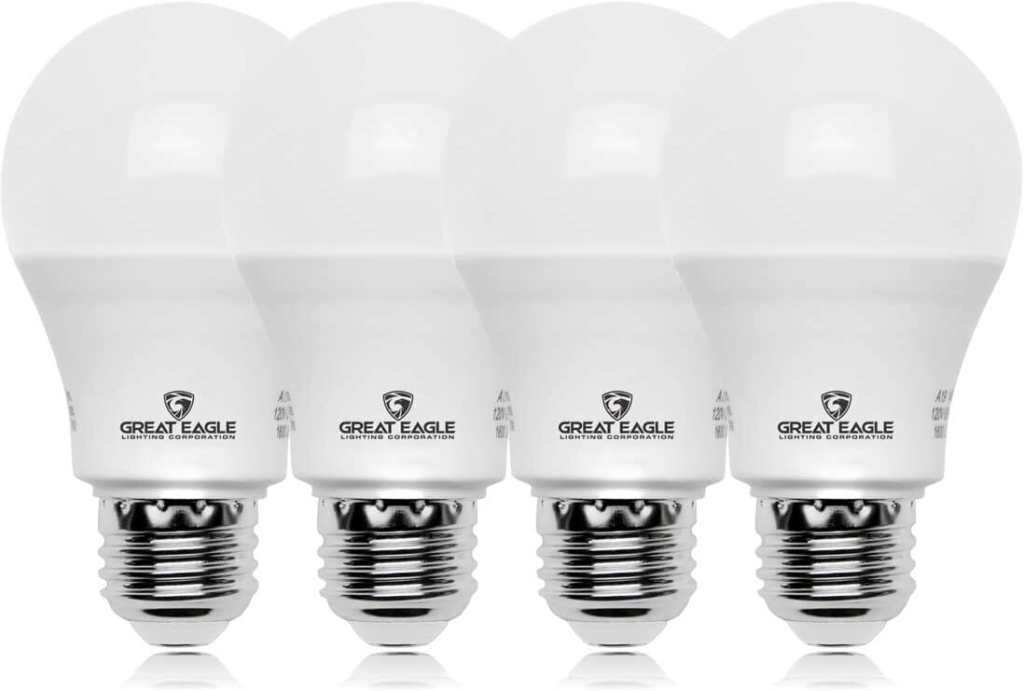
A Note on Compatibility
For the most part, almost any socket bulb will work in any lamp with replaceable bulb insert. The only limitation is the power rating of the lamp. Some lamps or lights will only accept bulbs with a specific maximum power rating in wattage. Keep in mind some LED or CFL bulbs have a slightly different wattage rating than those labeled on incandescent bulbs.
My Current Daylight Bulb for the Art Studio
Amazon Basics A19 LED Light Bulb, 100 Watt Equivalent — This is all the bulb I’ll need for years. This LED bulb is super energy efficient, produces little or no heat, and hasn’t needed replacing in years. The brightness power is perfect for my work, painting and scale modeling, and help me see details and proper color. I use this bulb in a desktop lamp along with other hobby lamps.
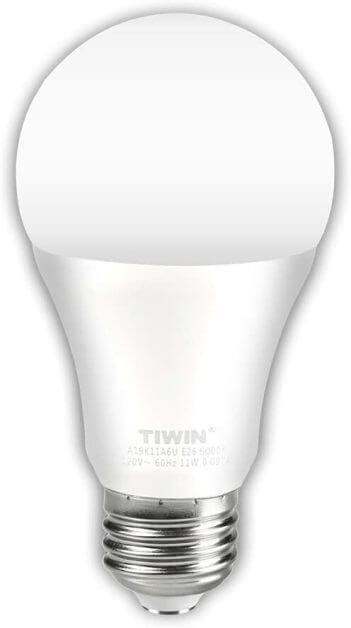
Conclusion
If you’re an artist, a miniature hobbyist, or simply a desk jockey spending long hours reading or working at a desk, you’ll want the proper lighting to do the job. The best light is natural, i.e., sunlight. But in this modern age, we have many options for reproducing the natural day light that we need indoors and when the sun goes down.
The best bulbs for artists and painters are daylight bulbs with a high CRI, neutral color temperature, and appropriate brightness power. Long-lasting modern CFL or LED bulbs are energy efficient, comfortable to use, and other advantages.
I hope you found this article useful and check out the other tips, tricks, and tutorials we have on the site.
Thank you, and happy creating!
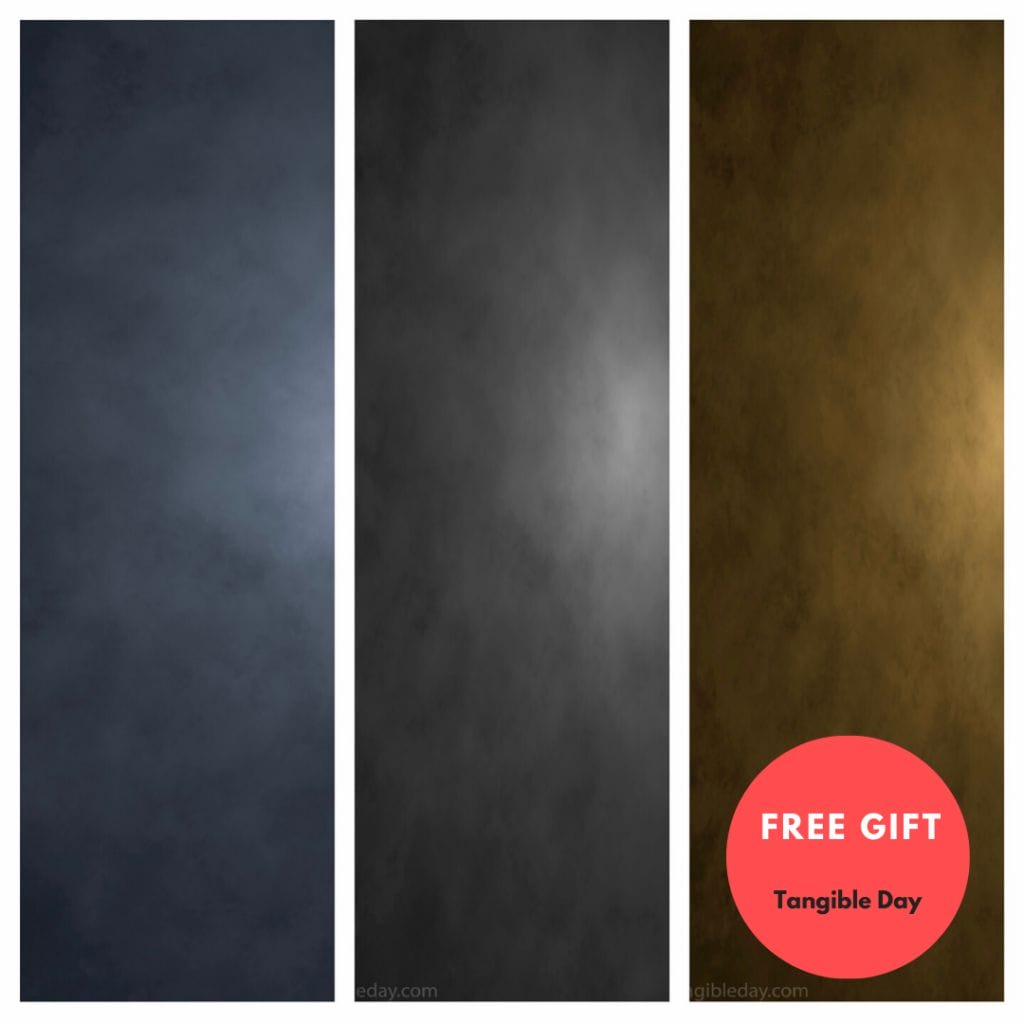
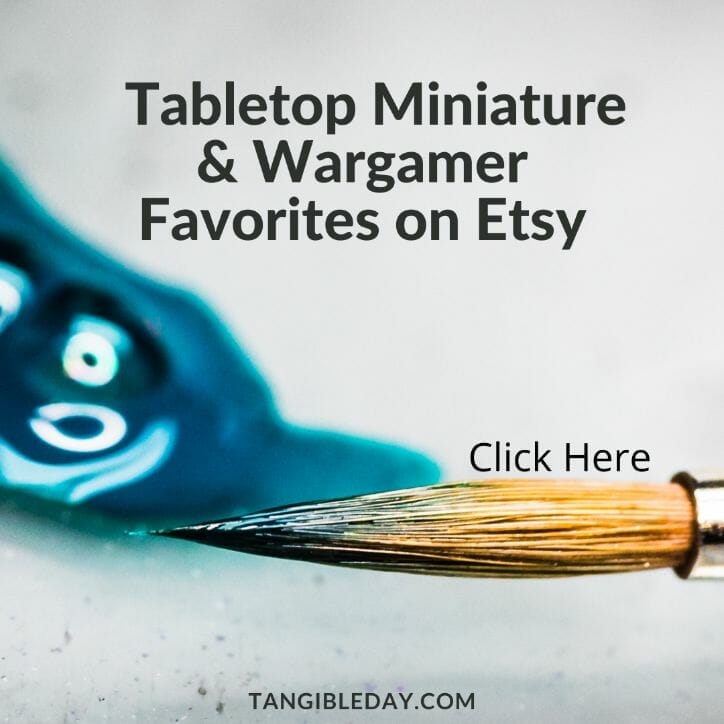
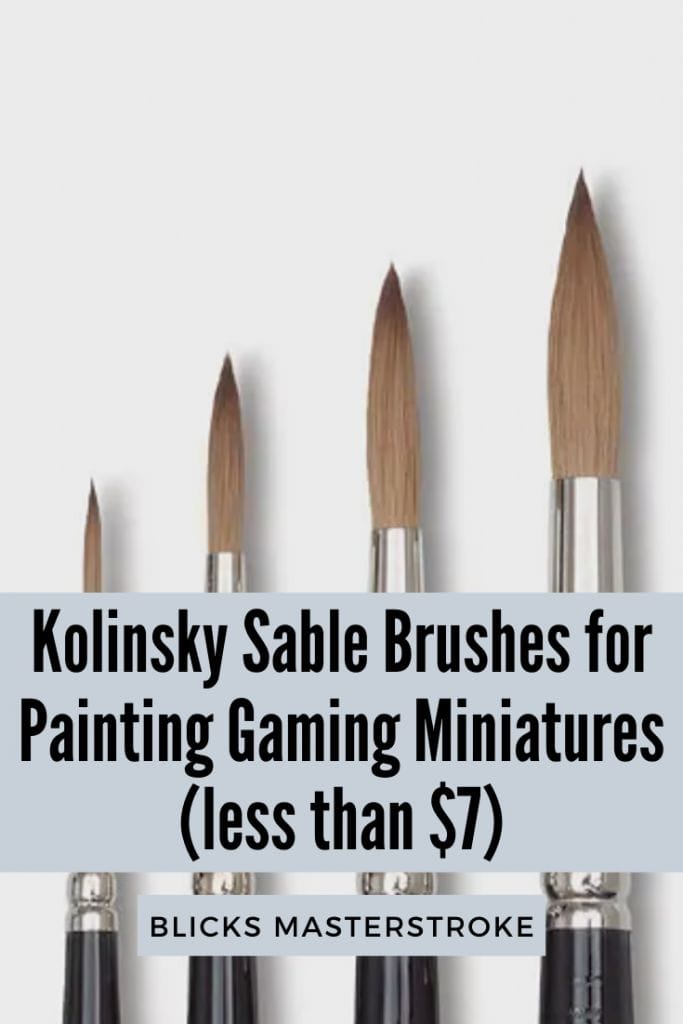
Tangible Day on YouTube (Miniatures and More!)

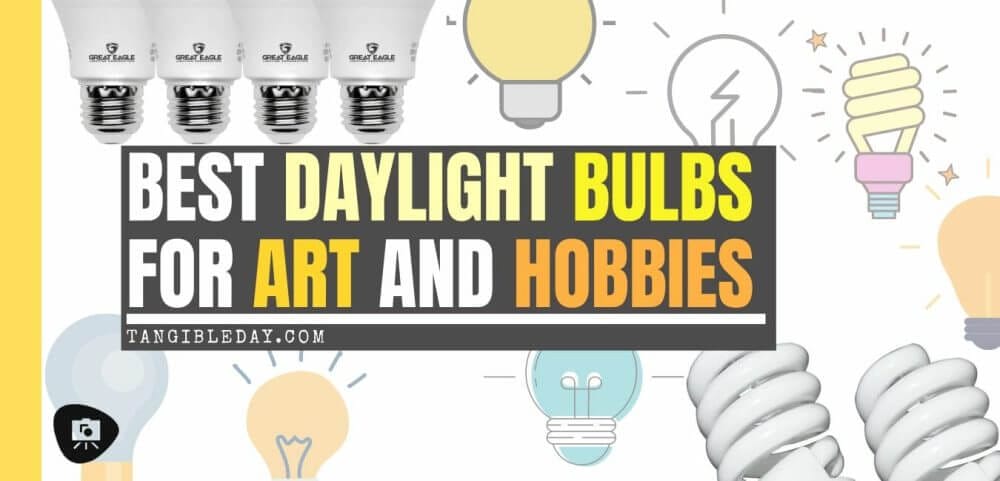
Thanks for sharing all of your experience
Thank you for the nice comment!